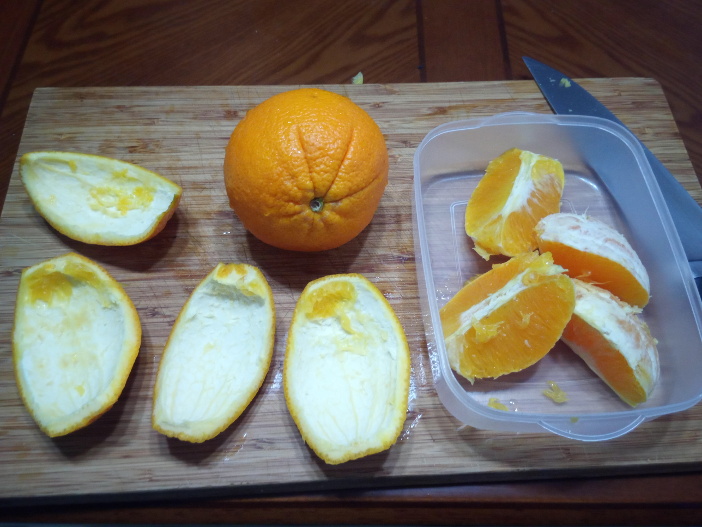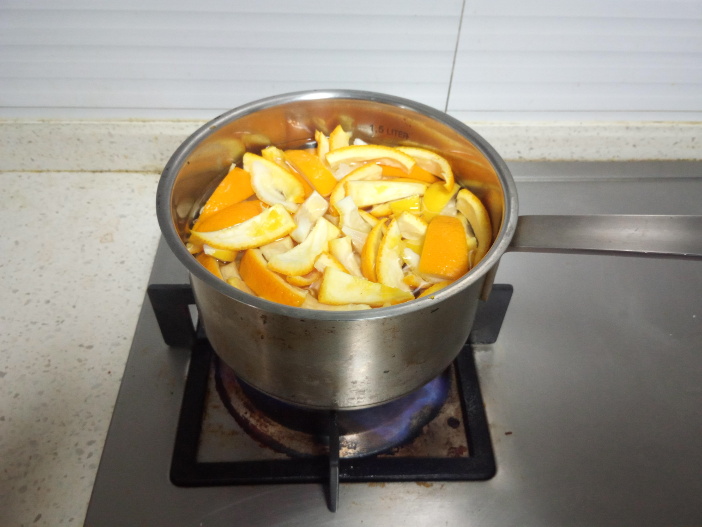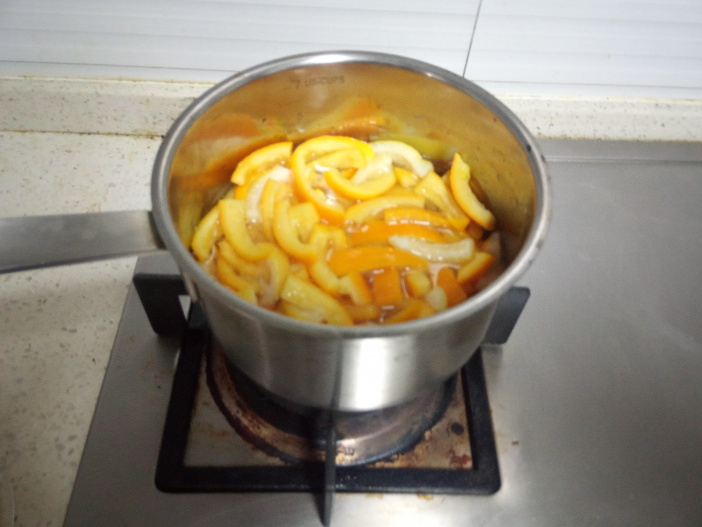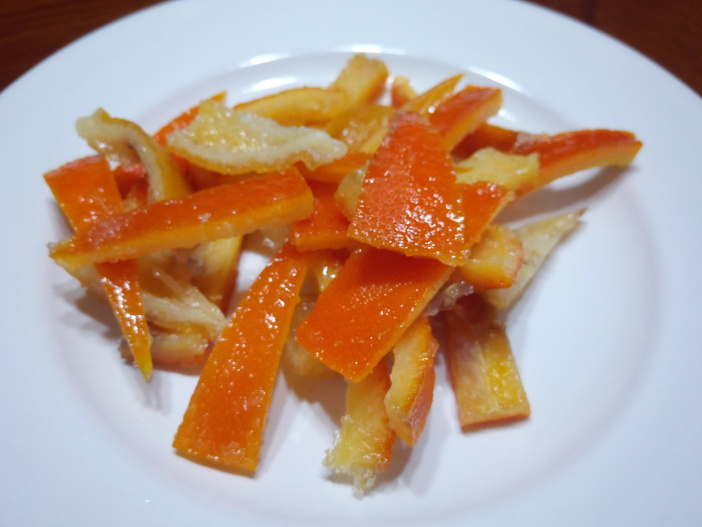Mince pies, the classic British Christmas treat, are considered by some to be among those foods which were all very well when we didn’t know any better, but which can be quietly dropped now we have the whole world’s produce and cuisines to choose from. (Red bean paste might be another…)
I was no more keen than the next kid on the stale, shop-bought offerings served up in my childhood, dry pastry containing what appeared to be mashed dead flies. However, as an adult, I developed a nostalgia for the traditional, homemade Christmas I’d never really had, and began experimenting. And I found that properly done, mince pies are a crumbly, tangy joy, unbeatable with mulled wine for the real taste of the season.
Making the perfect mince pie in China though was a different challenge. The ingredients I brought with me are long gone, and this year I decided to eschew the temptation of just importing stuff via Taobao, and produce my pies using only what’s locally available.
The first problem is the lack of candied peel. This is another seasonal sweetmeat which was baffling to me as a small child – why would anybody eat the bit of the fruit that’s usually thrown away, when there’s a tin of Quality Street open? The combination of bitterness and sweetness is addictive to a more sophisticated palate though, and besides, it’s an essential ingredient for a proper mince pie.
What you’ll need:
2 large oranges (unwaxed, if you have any idea what unwaxed is in Chinese, because I don’t)
2 good size lemons (or you can just use oranges, but I like the variety)
Lots of sugar
1. Cut the fruit into eight segments, and remove the juicy part, leaving just the peel.

2. You now have lots of unused fruit which it would be criminal to throw away, so you need to do something with it. I squeezed out the juice then marinated pork tenderloin in it, with spices, garlic, and rosemary.
3. Enjoy your marinaded tenderloin, and swell with pride when your wife says it’s the best pork she’s ever eaten. Then get up to make your candied peel, only to find your wife has thrown away all your carefully prepared peel, even though you told her what it was for. Weep quietly, wait till morning, go back to the supermarket for fruit and start all over again.
(NOTE: Step 3 may not be necessary in all households. Putting a note on your peel might help.)
4. Cut the peel into thin strips. Put it in a pan and cover with cold water. Bring to the boil. Then, after five minutes, throw the water away and start again. (This is not as crazy as it sounds. The first five minutes gets out all the *cough cough something about toxins I don’t know*. I mean, do you want to risk poisoning your whole family with improperly prepared orange peel? Thought not.)

I’ve just realized how dirty my cooker is. Oh, the shame.
5. After half an hour, pour the water carefully through a sieve into a container, and put the peel to one side. Now return the water to the pan, and add 100g of sugar for every 100ml of water. (This is not a mistake. Yes, it’s lots of sugar.) I had about 200ml of water, so slowly stirred in 200g sugar over a low heat until it had all dissolved.
6. Return the peel to a pan, cover, and simmer for 30 minutes.

The peel has cooked down in the syrup
7. Now you can throw away the water, and spread the peel on a wire rack. Put it in the oven on the lowest temperature for 30 minutes (the best thing about this recipe is nearly everything takes 30 minutes, which makes it easy to remember). Make sure you put something underneath to catch the dripping syrup, otherwise it congeals at the bottom of the oven and your wife complains bitterly about the mess.

Separate out the pieces to stop them sticking together
8. Spread out a sheet of baking paper and scatter it with sugar. Toss the peel in the sugar and leave it to dry for another hour or so.
9. You’re done! The peel will keep for a few weeks in an airtight container. You can dip it in melted chocolate, put it in your mince pies, or just nibble on it.

Yum yum
Next time: mincemeat.
Photos: Andrew Killeen





1 Comment
I made my own candied peel and it really adds something special to homemade mincemeat and Christmas cakes. It is a sticky and longwinded process but very rewarding! Enjoy your homemade mincemeat!